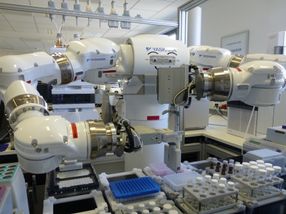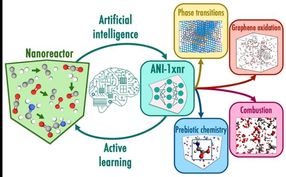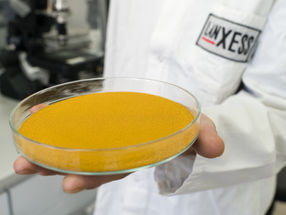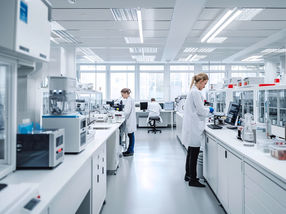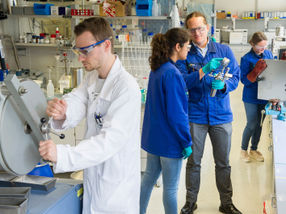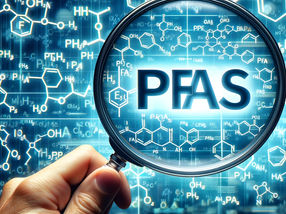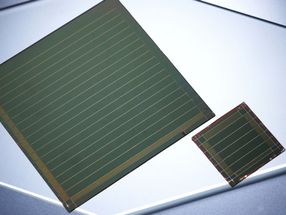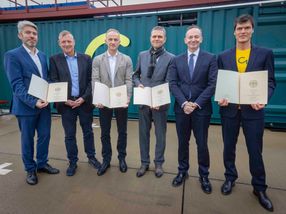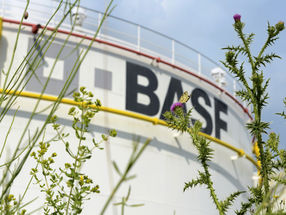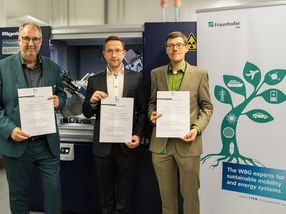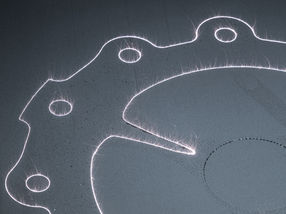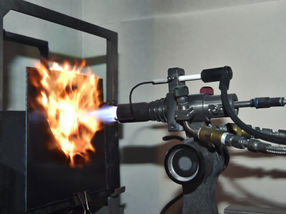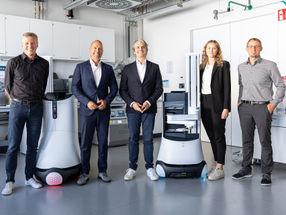Thermo Fisher Scientific Announces New Method for Low Level Detection of Volatile Nitrosamines in Tobacco
Thermo Fisher Scientific Inc. announced a new comprehensive method that uses triple quadrupole GC-MS/MS to achieve lower levels of detection of volatile nitrosamines (VNA) in tobacco. The new method allows environmental laboratories, tobacco companies and government agencies to efficiently separate VNAs while lowering detection limits, increasing specificity and enabling the analysis of many other contaminants in tobacco, including pesticides. The new method is detailed in an application note entitled “Lower Detection Limits of Volatile Nitrosamines in Tobacco by Triple Quadrupole GC-MS/MS,”.
Volatile nitrosamines are a class of compounds that can form in tobacco smoke, as well as during the curing and processing of tobacco. These compounds have been proven to have adverse effects on human health; and two of the VNAs found in tobacco, N-nitrosodiethylamine (NDEA) and N-nitrosodimethylamine (NDMA), are classed as known human carcinogens by regulatory authorities. As a result, these compounds must be thoroughly monitored in order to safeguard human health and comply with increasingly stringent regulations.
The new Thermo Fisher method is a powerful alternative to other traditionally used techniques. By coupling a gas chromatograph to a triple quadrupole mass spectrometer, the new method makes detection limits of 1ng/mL achievable, enabling users to satisfy the increasingly lower detection limits required by governments and regulatory bodies. The method also increases contaminant specificity within a classification and allows many other organic contaminants and chemicals in tobacco to be analyzed simultaneously, including pesticides.
The new method includes GC-MS/MS analysis on the Thermo Scientific TSQ Quantum XLS triple quadrupole GC-MS/MS system using timed selected reaction monitoring (t-SRM). This unique feature enables easy method set-up and allows users to run samples while the instrument automatically determines the optimal time for SRM parameters.
Other news from the department research and development
Most read news
More news from our other portals
See the theme worlds for related content
Topic World Spectroscopy
Investigation with spectroscopy gives us unique insights into the composition and structure of materials. From UV-Vis spectroscopy to infrared and Raman spectroscopy to fluorescence and atomic absorption spectroscopy, spectroscopy offers us a wide range of analytical techniques to precisely characterize substances. Immerse yourself in the fascinating world of spectroscopy!

Topic World Spectroscopy
Investigation with spectroscopy gives us unique insights into the composition and structure of materials. From UV-Vis spectroscopy to infrared and Raman spectroscopy to fluorescence and atomic absorption spectroscopy, spectroscopy offers us a wide range of analytical techniques to precisely characterize substances. Immerse yourself in the fascinating world of spectroscopy!
